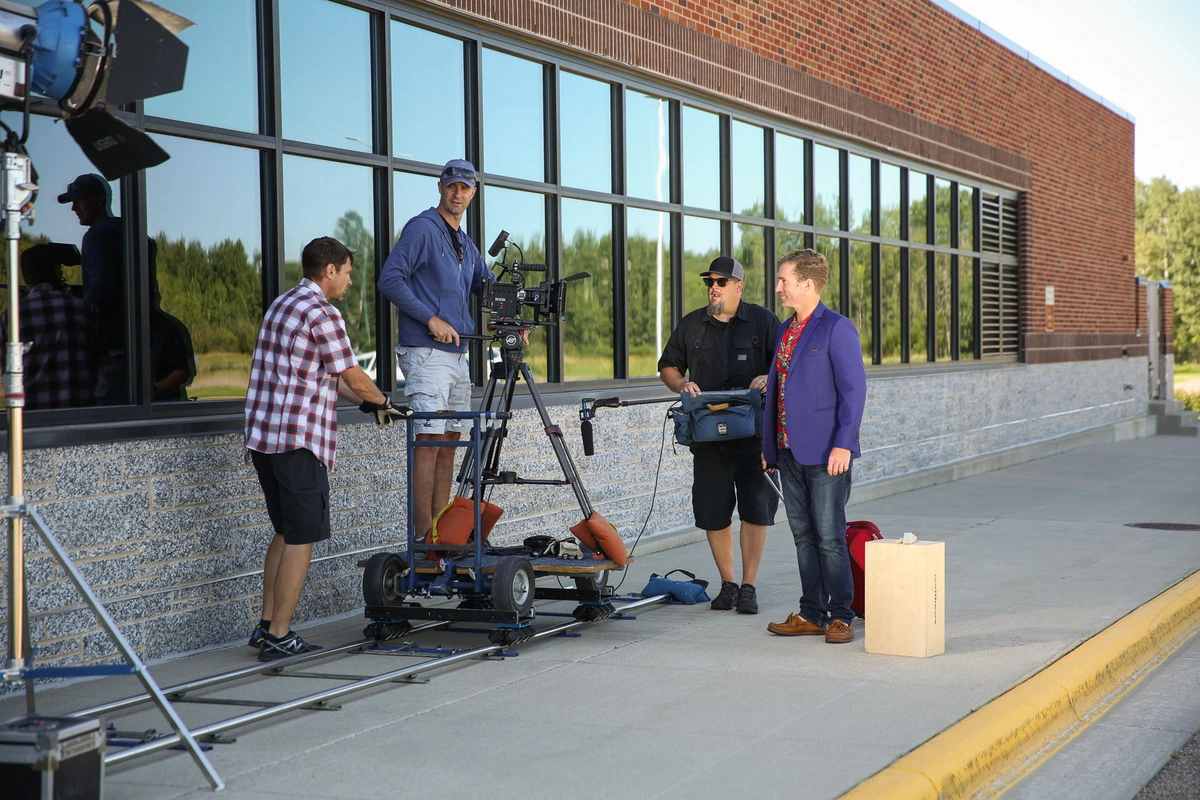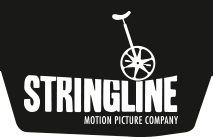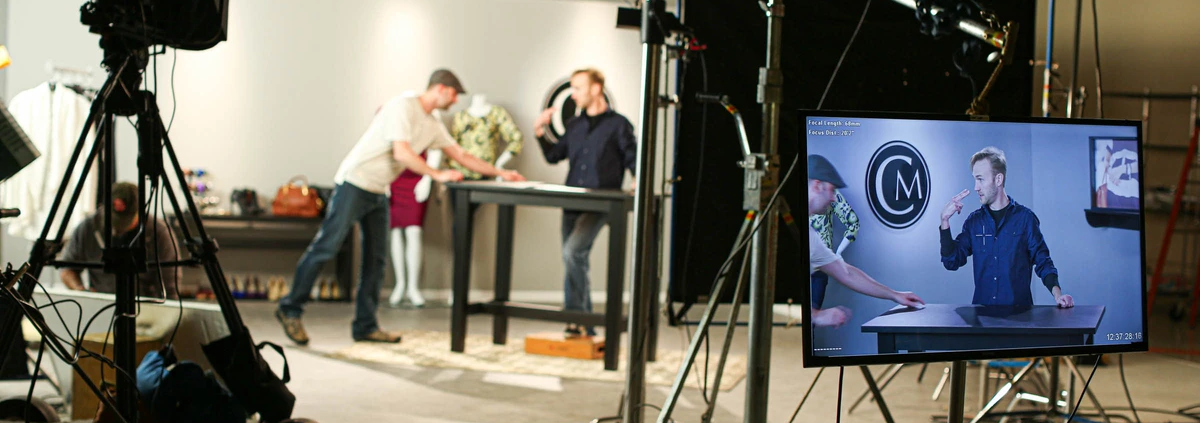Animation vs Live Action: A Side By Side Production Comparison (Guide)
There’s a debate over whether animation vs. live-action is better to get a story across. The two mediums seem very different at first glance, but they do offer some similarities when it comes to storytelling and filmmaking.
Some people believe that animation is better because it can be more detailed and use more artistic styles, while others argue that the realism of live action makes it a superior format.
This article discusses the benefits of both formats and provides insight into choosing which one will work best for your production.
What Goes Into the Animation Process?
There is much more that goes into an animated movie than meets the eye. They have a large crew and still go through many of the same steps as a movie set, sometimes with an even longer timeline.
Who is Involved in the Animation Process?
There is a large crew who works on animated films that include, but are not limited to:
- Animation or Creative Director
- Animators
- Character Developer
- Digital Painters
- Director
- Inbetweener
- Lighting Techs
- Modeler
- Producer
- Production Assistant
- Riggers
- Runner
- Scriptwriter
- Sound Designer
- Storyboard Artists
- Studio Manager
- Voice Over Artists
What are the Steps to Making an Animated Film?
- Creative concept
- Scriptwriting
- Storyboarding
- Animation
- Sound editing
- Voiceovers
- Music
- Revisions throughout
- Final production

What Goes Into Live-Action Films?
There is some crossover when it comes to live-action vs. animation production, but with some stark differences.
Who is Involved in a Live-Action Film Crew?
Here is a list of the most common film crew positions you’ll find on a live-action film set:
- 1st AC (Assistant Cameraperson)
- 1st AD (Assistant Director)
- 2nd AD
- 2nd AC
- Art Director
- Art PA (Production Assistant)
- Best Boy (Electric)
- Best Boy Grip
- Boom Operator
- Camera Operator
- Casting Director
- Costume Coordinator
- Costume Designer
- Craft Services/Catering
- Director
- Director of Photography
- DIT (Digital Imaging Tech)
- Dolly Grip
- ELT (Electric Lighting Tech)
- Executive Producer
- Gaffer
- Generator Operator
- Grip
- Hair Stylist
- Key Grip
- Line Producer
- Make-Up Artist
- Medic
- Office PA
- Principal Cast

- Producer
- Production Coordinator
- Production Designer
- Production Sound Mixer
- Prop Master
- Set Accountant
- Set Designer
- Set PA (Production Assistant)
- Shopper
- Sound Assistant
- Special Effects Make-Up Artist
- Stunt Coordinator
- Stunt Performer
- Style Assistants
- Tailor
- VFX (Visual Effects) Supervisor
- VFX Coordinator
- Wardrobe Supervisor
That’s just to name a few.
What are the Steps to Making a Live-Action Film?
The live-action process doesn’t vary too much from the steps of making an animation film. There are a few added steps, such as set and stage design, but relatively similar timelines.
- Creative concept
- Scriptwriting
- Storyboarding
- Production (Filming)
- Logistics
- Post-production
- Editing
- Visual Effects
- Sound effects
- Music
- Voiceovers and final edits
Pros and Cons of Animation vs. Live-Action
There are many pros and cons to animation vs. live-action, and their pros and cons are also some of the tell-tale differences between the two.
Pros of Animated Films
- You don’t need on-screen actors or extras
- No need for expensive set design or location scouting
- Can easily take complex ideas and translate them into art more easily than live-action
- Some stories are more easily displayed in animated visuals—they can do things live-action can’t do
- Creates engaging content easily digestible by all ages
- It’s easier to go back and add or remove scenes over time. No re-shoots are needed!
Cons of Animated FIlms
- Animation can take a LOT longer to complete than a live-action film
- It can be more challenging to capture humanistic emotions in animation
- Some audiences may not connect with animation as much as live-action storytelling
Pros of Live-Action Films
- You can get authentic, human emotions displayed on-screen
- It can be much faster to film and edit
- Live-action films can be created from the palm of your hand with editing apps and software.
- Live-action films can showcase big-name actors
- More stories can be showcased via live-action: documentaries, dramas, thrillers, etc.
Cons of Live-Action Films
- It can be costly, given the scale of the project. Sets, costumes, equipment, crew, and more can add up quickly.
- Once you have the footage, there isn’t much wiggle room to re-shoot or make extensive edits. You get what you get.
Animation vs. Live-Action Compared
The main differences include cost, scale, time, and the emotions you want to get across. Context is everything when it comes to choosing animation vs. live-action film.
Live-action is more expensive upfront but can be edited later for a higher ROI (return on investment) if done well. While animation can take longer upfront with less room for error in production quality, it has other benefits, such as going back into it easily to edit or add additional scenes.
There are equally as many timeless animated movies as live-action that have gone down in history as some of the best filmmaking of all time. There’s no doubt that those films, in particular, captured lightning in a bottle and utilized the perfect medium to tell the story.
Think of The Little Mermaid or Fox and the Hound vs. The Godfather and Gone With the Wind. These classics could not have been done any other way.
When it comes to animation vs. live-action for video marketing, that can be another story. However, both methods can tell a story in a way that encapsulates your business and your vision. And both methods can be done at Stringline Pictures.
Our expert crew can make your vision come to life through video storytelling; just contact us today to get started!



